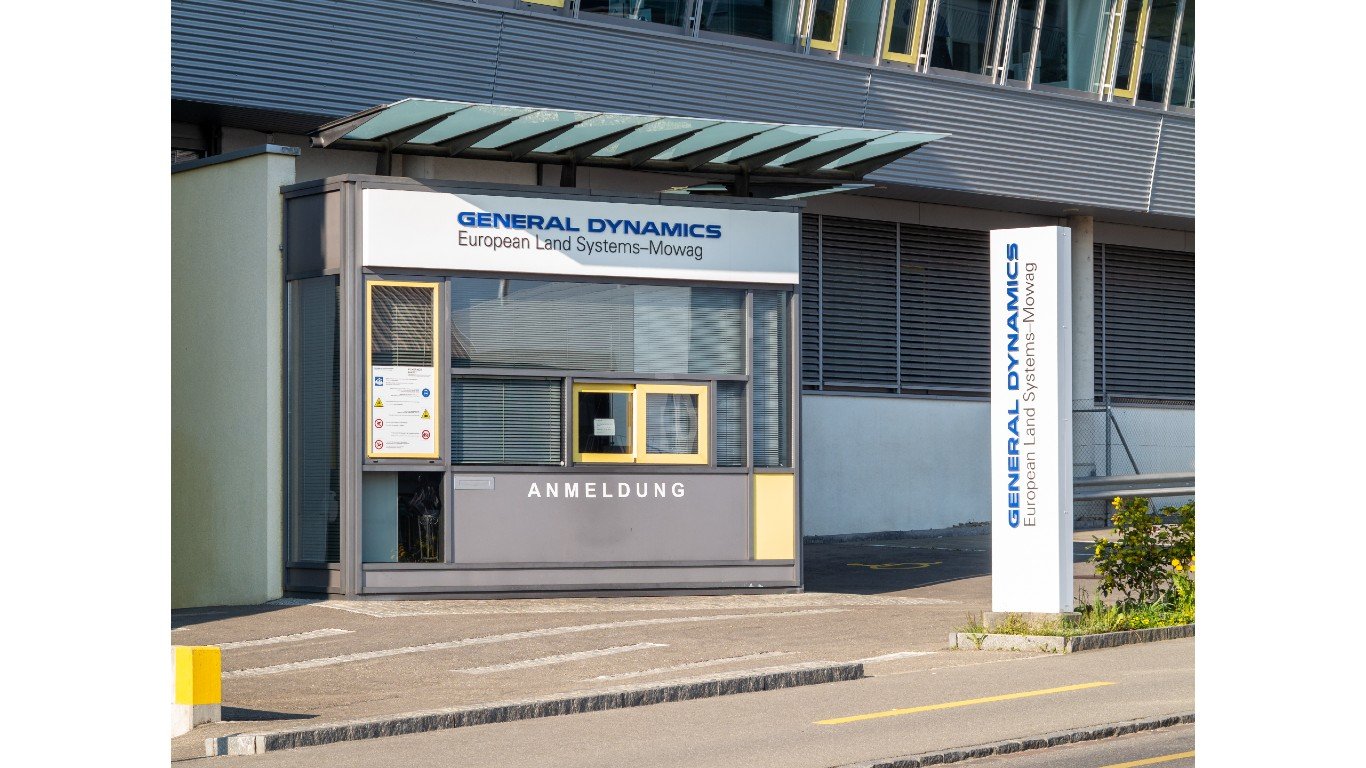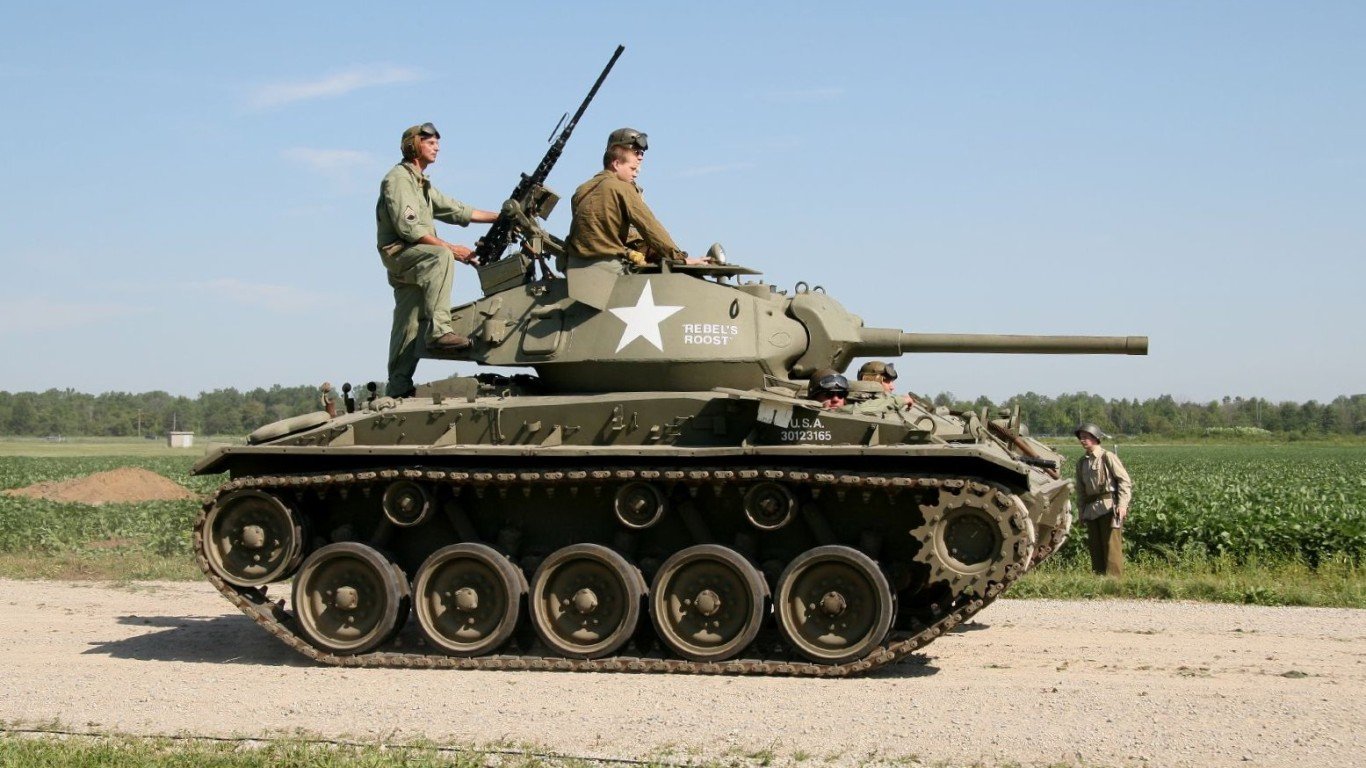

Conceptualizing, developing, and building a prototype of any kind is often the result of a need. This was no different with the emergence of tanks, which were conceived of to try and end the stalemate of trench warfare in World War I. When they were deployed, these light tanks indeed helped clear the way for troops, knock out machine gun posts and bunkers, and protect infantry as they captured a trench network.
When the U.S. entered the war, however, it did not have such vehicles. One of the first prototypes built for the U.S. military was the Model 1917 Holt Gas-Electric, which was developed by Holt and General Electric and used a gasoline engine connected to an electric generator that powered the electric motors. But the power pack was heavy and the motor could not handle even modest slopes. Still, no doubt that at least Holt used some of the knowledge it gained when it merged with another company in 1925 to form heavy machinery and tractor maker Caterpillar. (Also see, the countries with the most tanks in 2023.)
Other prototypes were conceived of and built for the U.S. military throughout the years. To identify these prototypes of tanks, 24/7 Wall St. reviewed a list of tanks from Military Factory, an online database of vehicles, aircraft, arms and more used by militaries across the world. The prototype tanks are ordered according to the year they were produced. Note that some of these tanks never even got past the development phase. All data came from Military Factory.
Many experimental designs failed when tested in real-life scenarios, but sometimes timing contributed to the end of their development. Such was the fate of the T28 Super Heavy Tank (Gun Motor Carriage T95), which was first built in 1945 to break through German defenses. The heavily armored, 95-ton tank had two sets of tracks, a massive hull, and a cannon. The two prototypes indeed proved to be able to sustain most tank rounds, yet the engine was underpowered and its speed low. More importantly, perhaps, World War II ended that year. (This is the largest tank battle in history.)
During the Cold War, somewhat outlandish concepts surfaced, including the Chrysler TV-8 medium amphibious tank. This tank was going to be light enough to be dropped from the air, but also capable of amphibious operations, and it was even going to be powered by a nuclear fission-based unit. This one remained in the concept stage.
Click here to see 20 tank prototypes rejected by the US military.
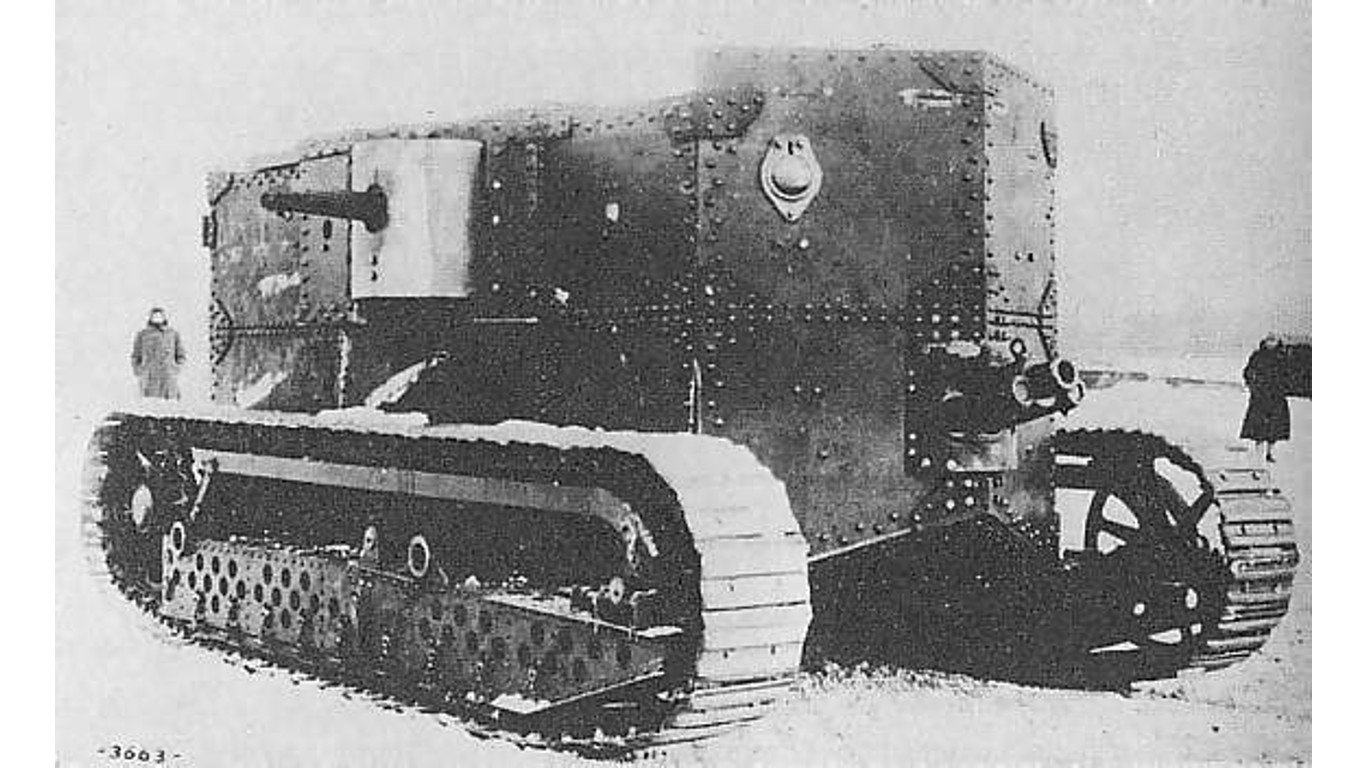
Model 1917 Holt Gas-Electric
> Year introduced: 1918
> Type: Prototype military vehicle
> Crew size: 6
> Number produced: 1
[in-text-ad]
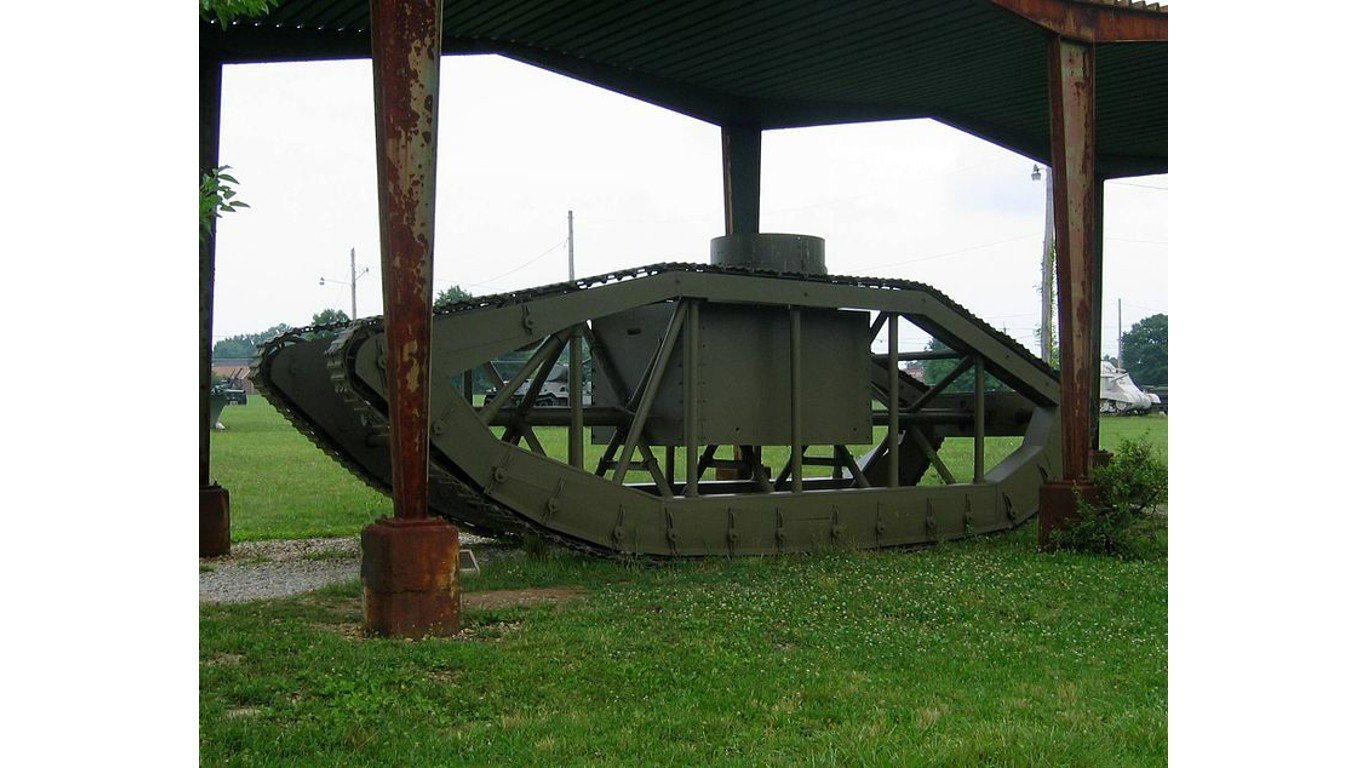
Skeleton Tank
> Year introduced: 1918
> Type: Prototype combat vehicle
> Crew size: 2
> Number produced: 1
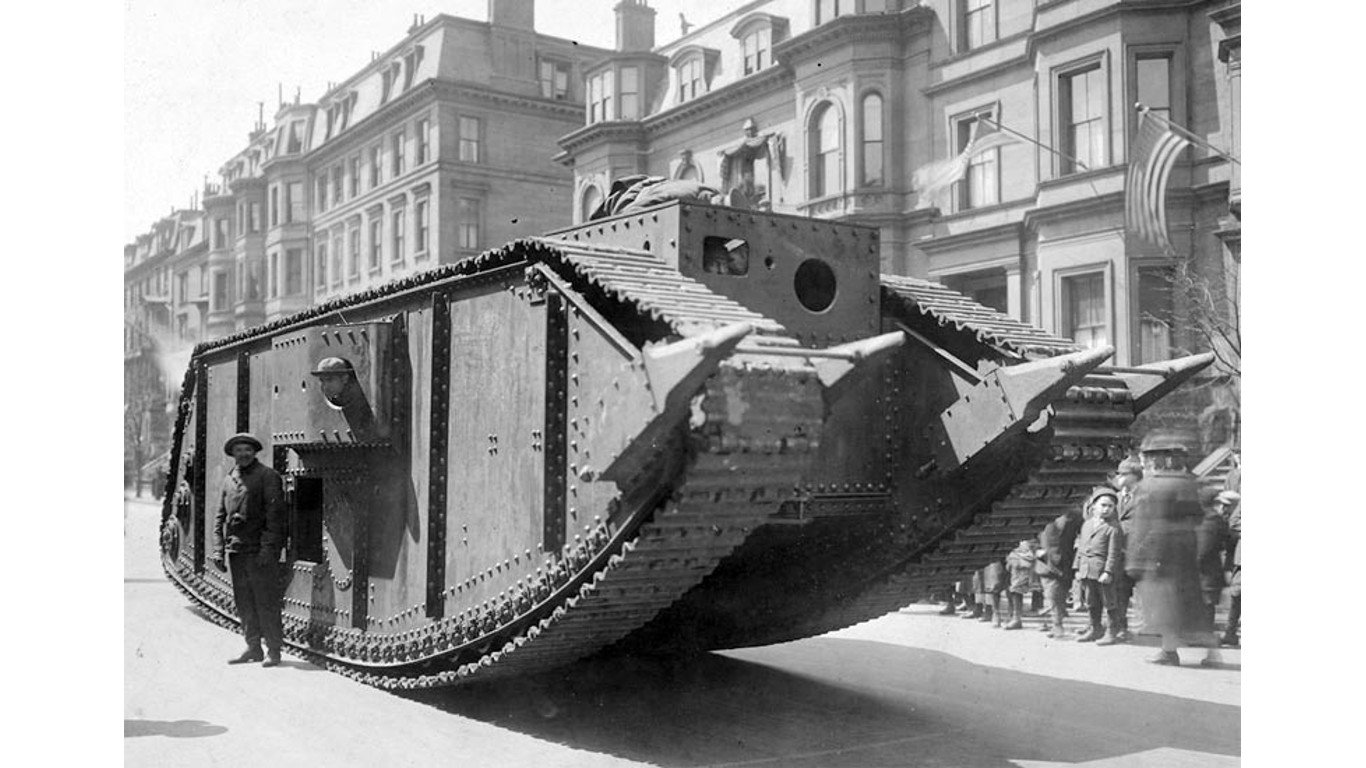
War Tank America (Steam Tank)
> Year introduced: 1918
> Type: Experimental combat vehicle
> Crew size: 8
> Number produced: 1
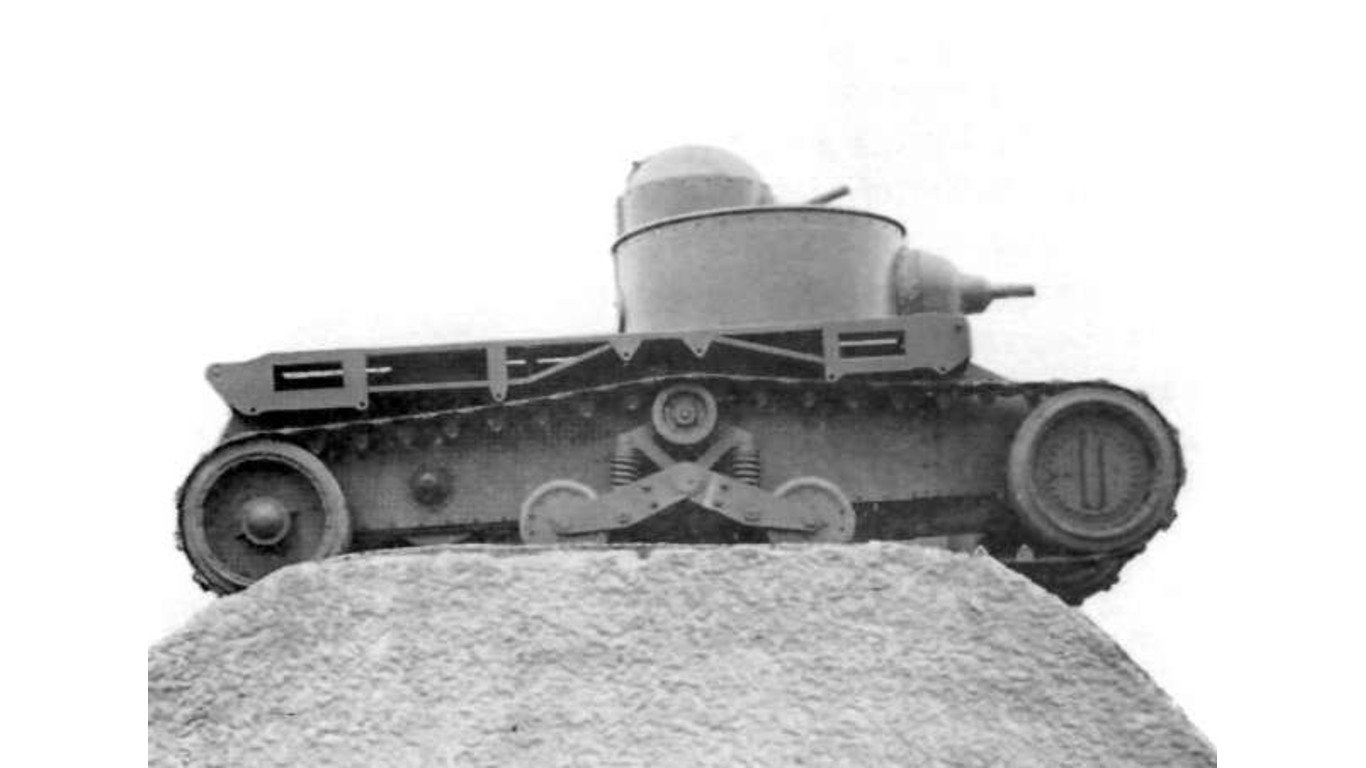
M1919 Christie Medium Tank
> Year introduced: 1919
> Type: Prototype combat vehicle
> Crew size: 2
> Number produced: 1
[in-text-ad-2]
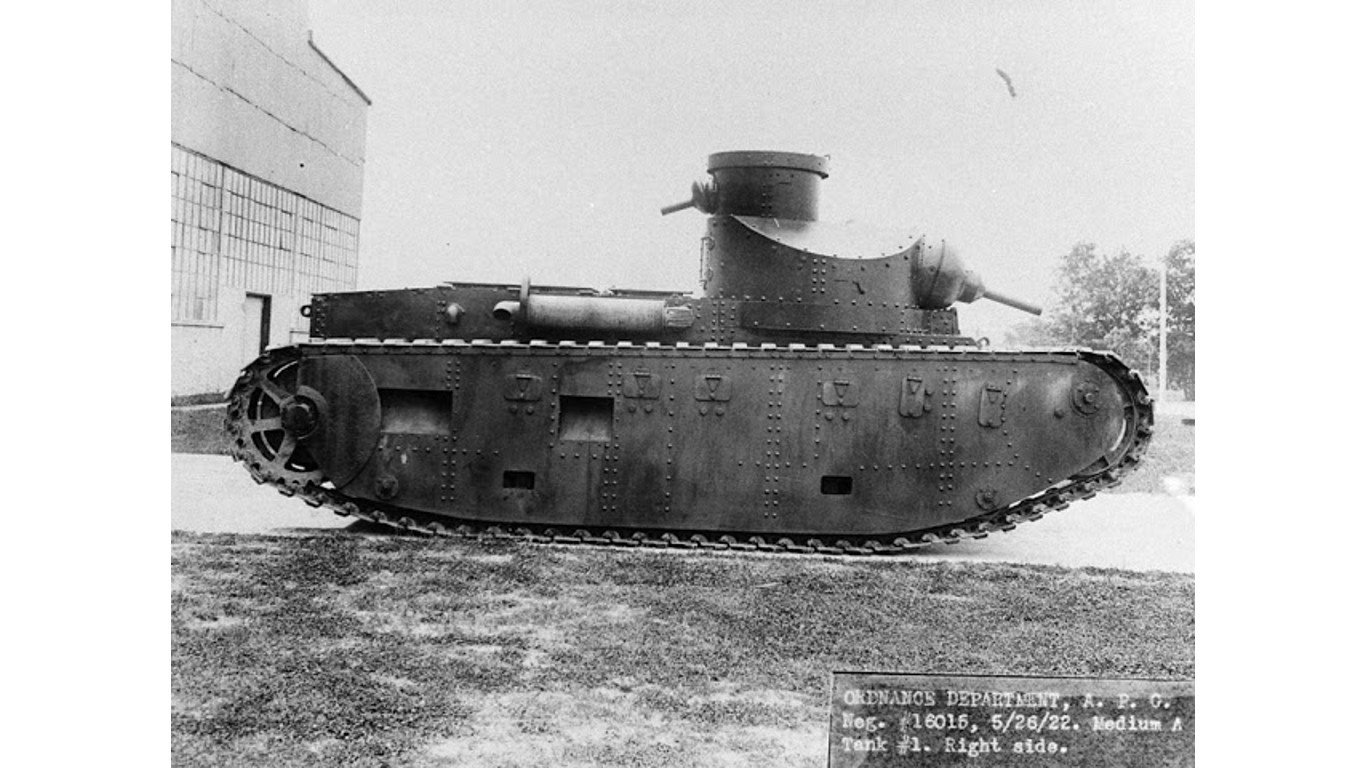
M1921 (U.S. Ordnance M1921 Medium Tank
> Year introduced: 1921
> Type: Prototype medium tank
> Crew size: 2
> Number produced: 2
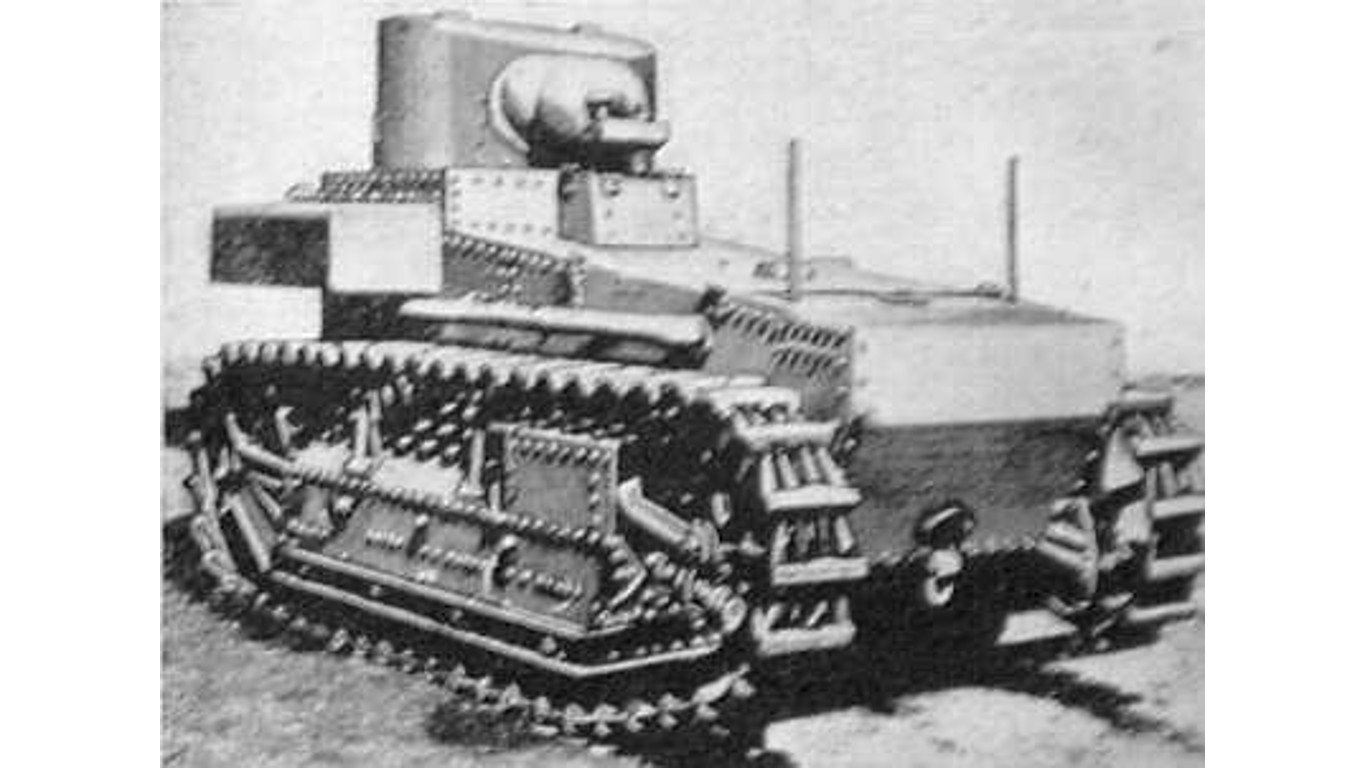
T1 Light Tank (Series)
> Year introduced: 1927
> Type: Prototype combat vehicle series
> Crew size: 2
> Number produced: 12
[in-text-ad]
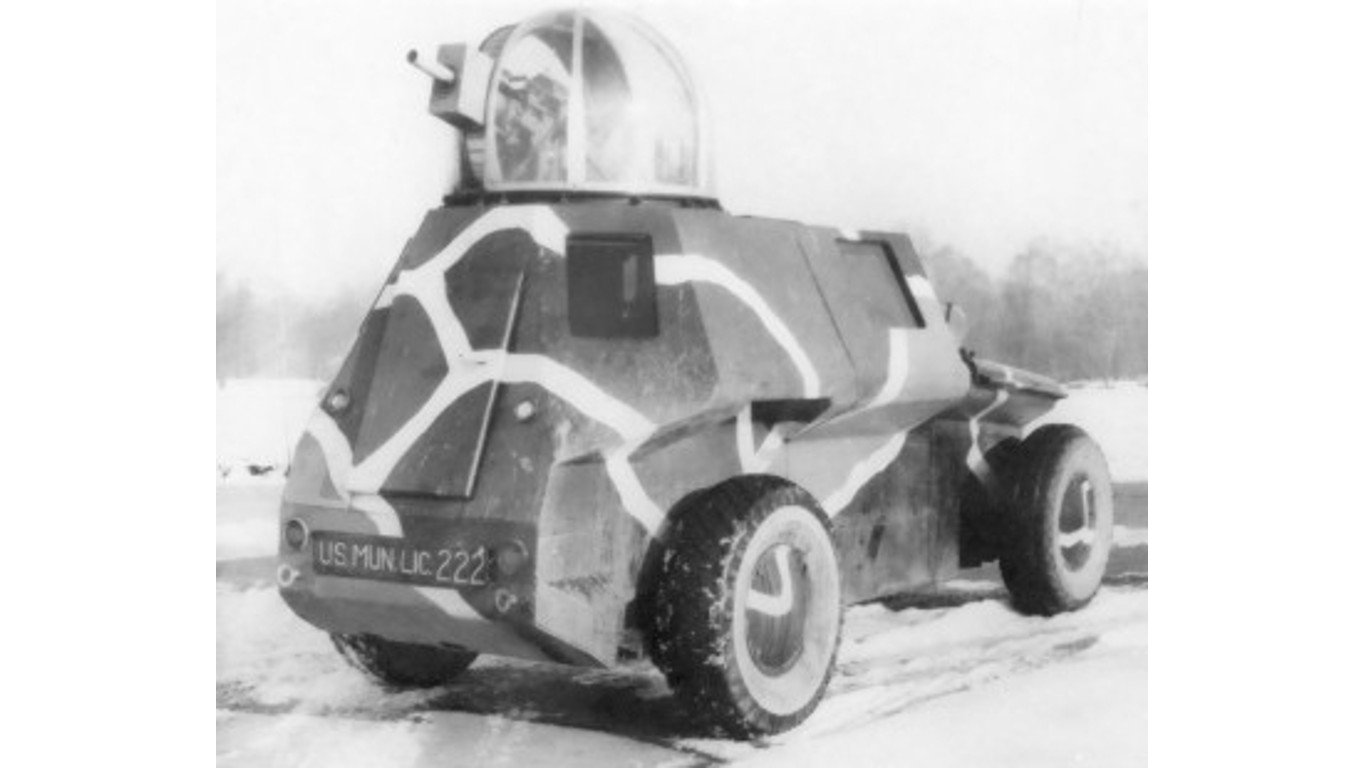
Tucker Tiger Tank (Tucker Armored Car)
> Year introduced: 1938
> Type: 4×2 wheeled armored car
> Crew size: 3
> Number produced: 1
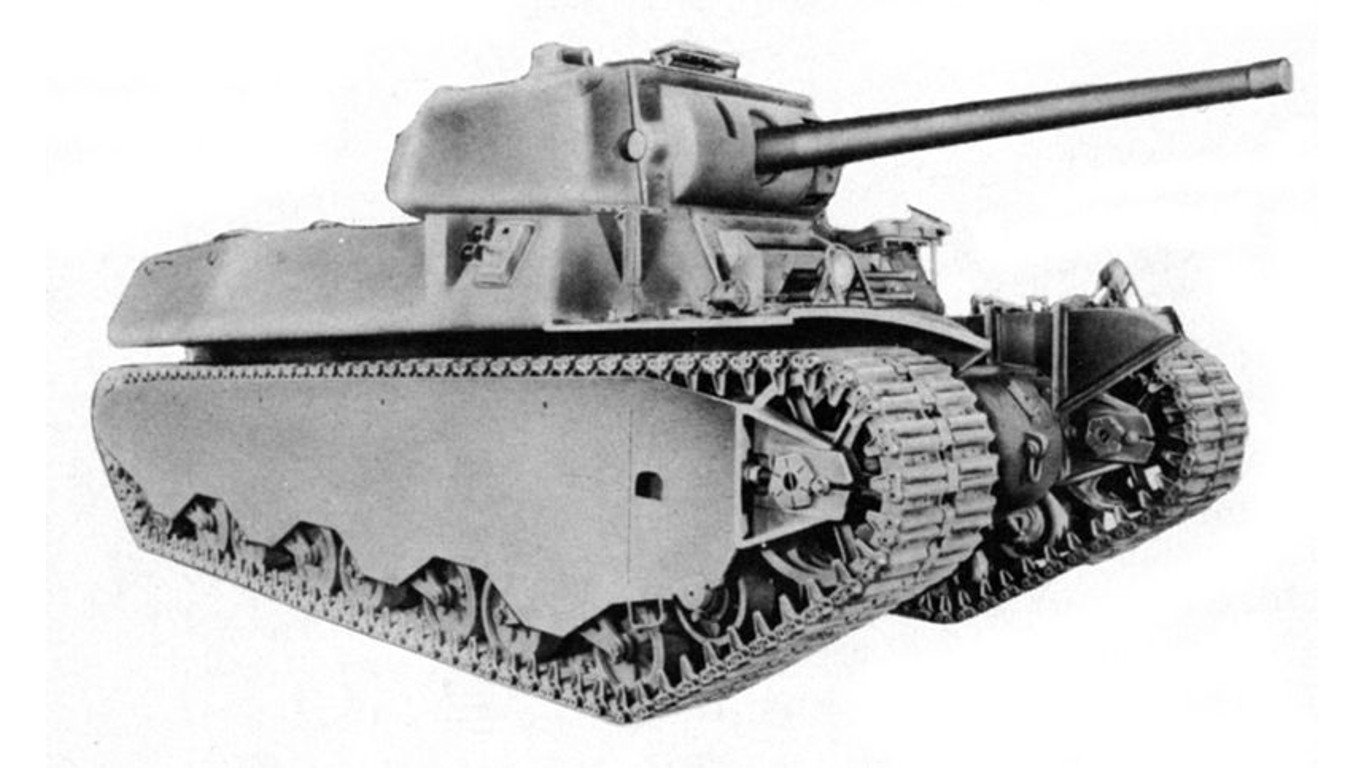
M6 (Heavy tank M6)
> Year introduced: 1940
> Type: Heavy tank project
> Crew size: 6
> Number produced: 40
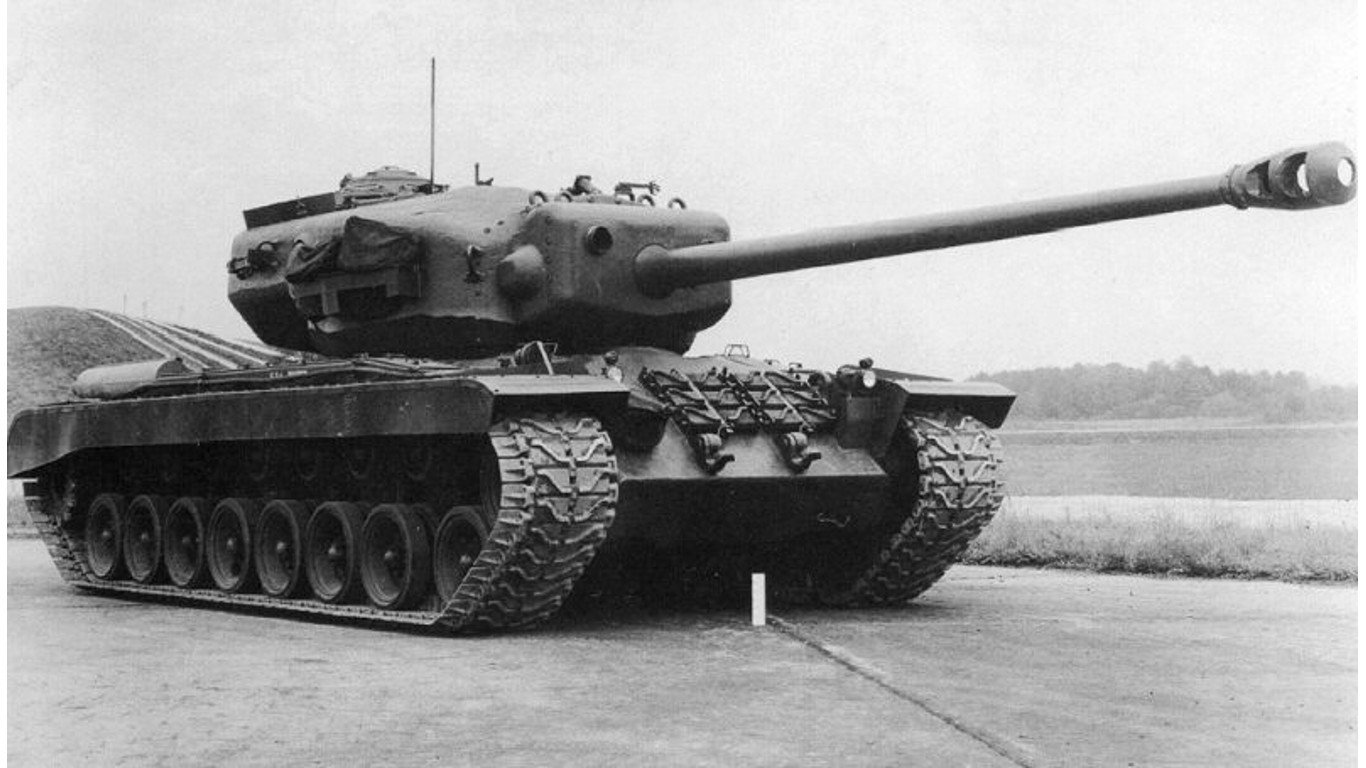
T29 (Heavy Tank T29)
> Year introduced: 1944
> Type: Heavy tank prototype vehicle
> Crew size: 6
> Number produced: 6
[in-text-ad-2]
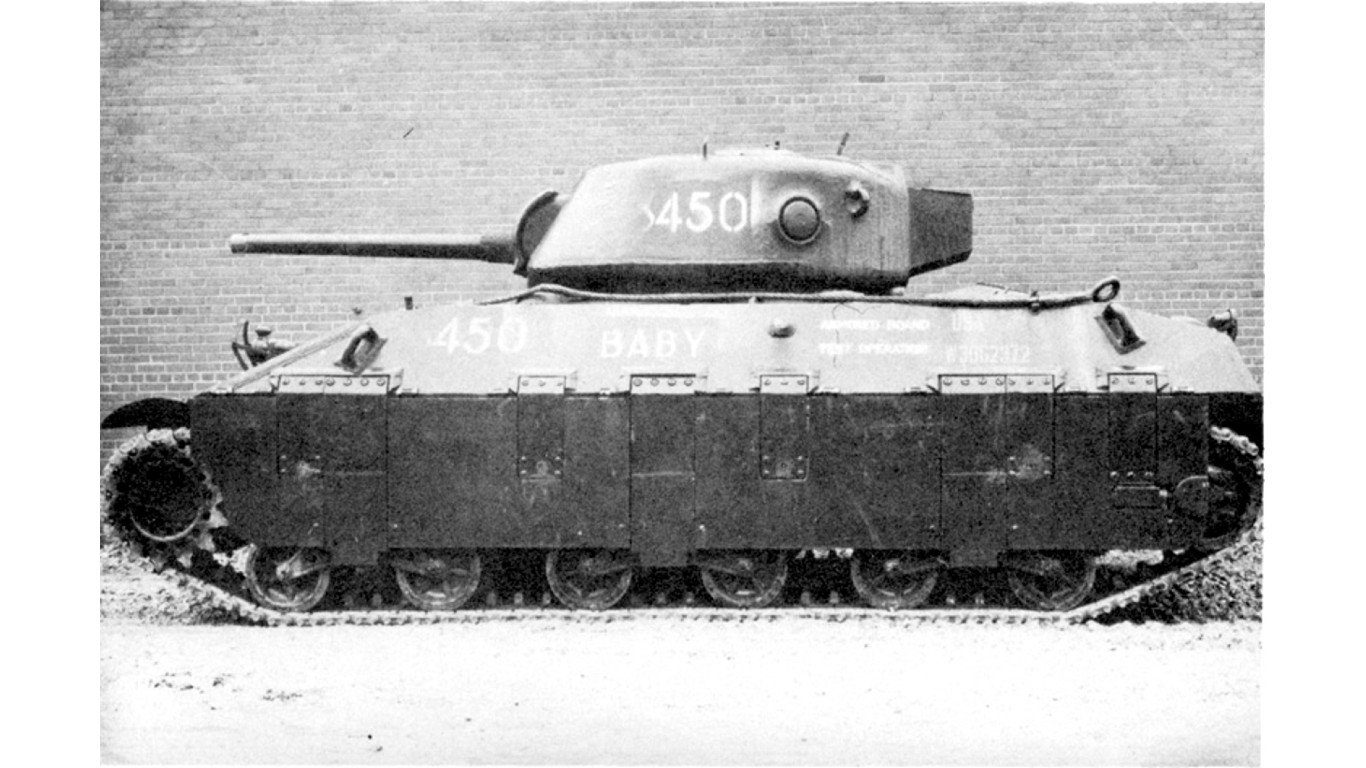
T14 (Assault Tank T14)
> Year introduced: 1944
> Type: Heavy tank / assault tank project
> Crew size: 5
> Number produced: 2
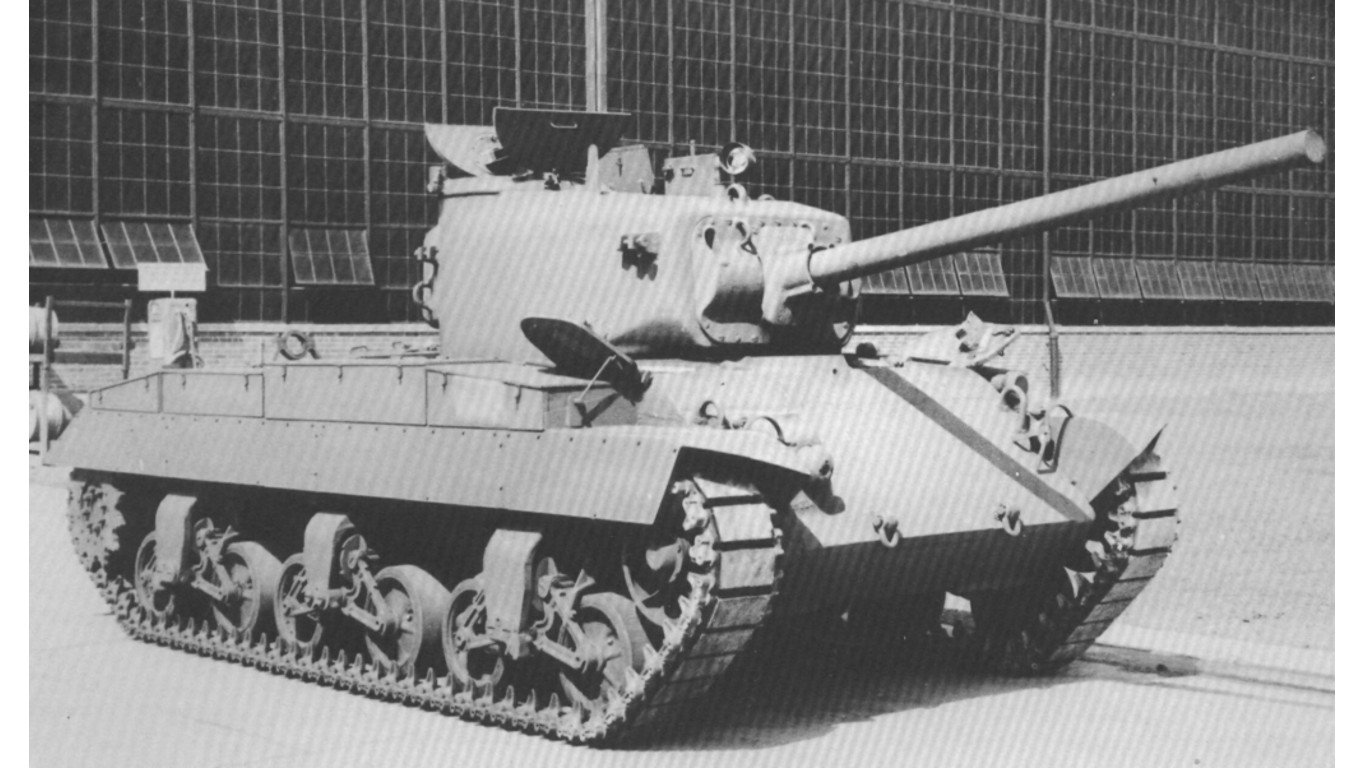
Medium Tank T20
> Year introduced: 1944
> Type: Prototype medium tank
> Crew size: 5
> Number produced: 4
[in-text-ad]
T30 (Heavy Tank T30)
> Year introduced: 1945
> Type: Heavy tank prototype
> Crew size: 6
> Number produced: 8
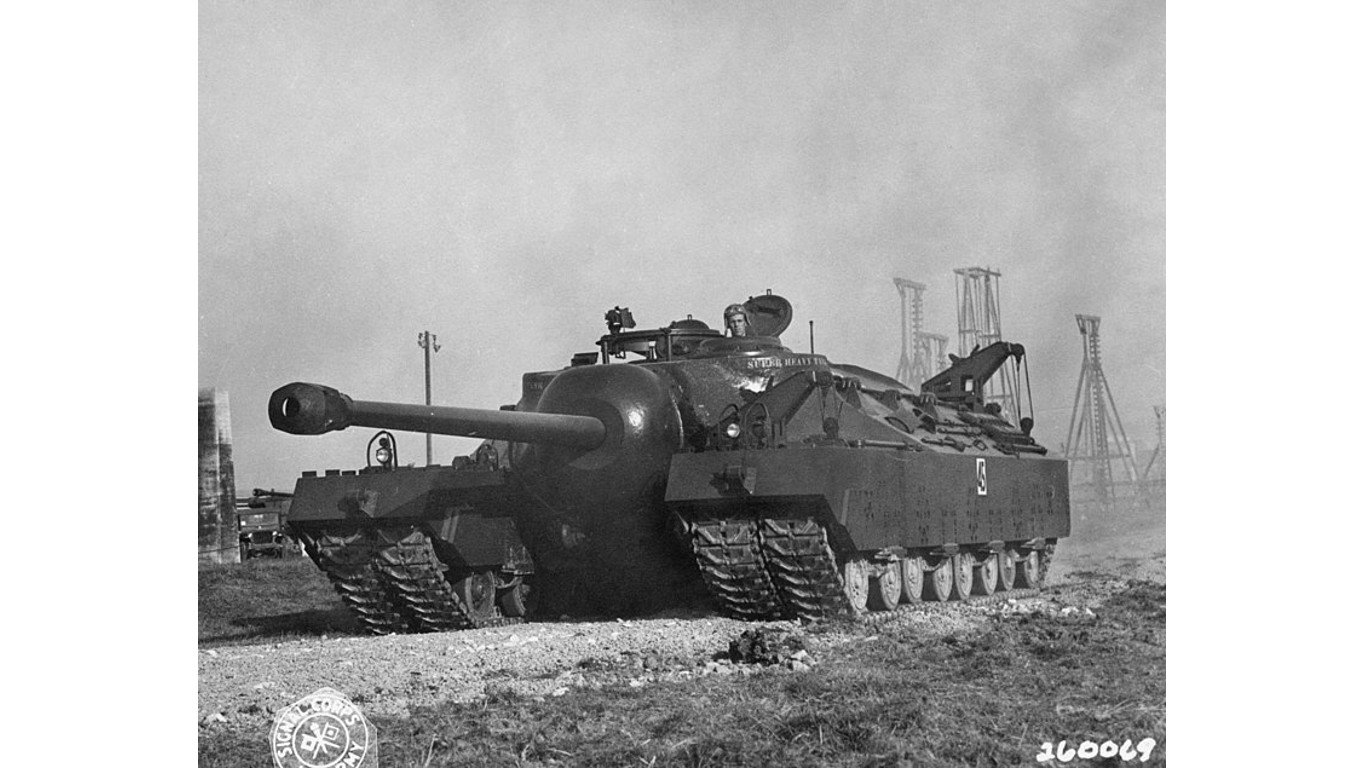
T28 Super Heavy Tank (Gun Motor Carriage T95)
> Year introduced: 1945
> Type: Self-propelled gun / heavy tank prototype
> Crew size: 4
> Number produced: 2
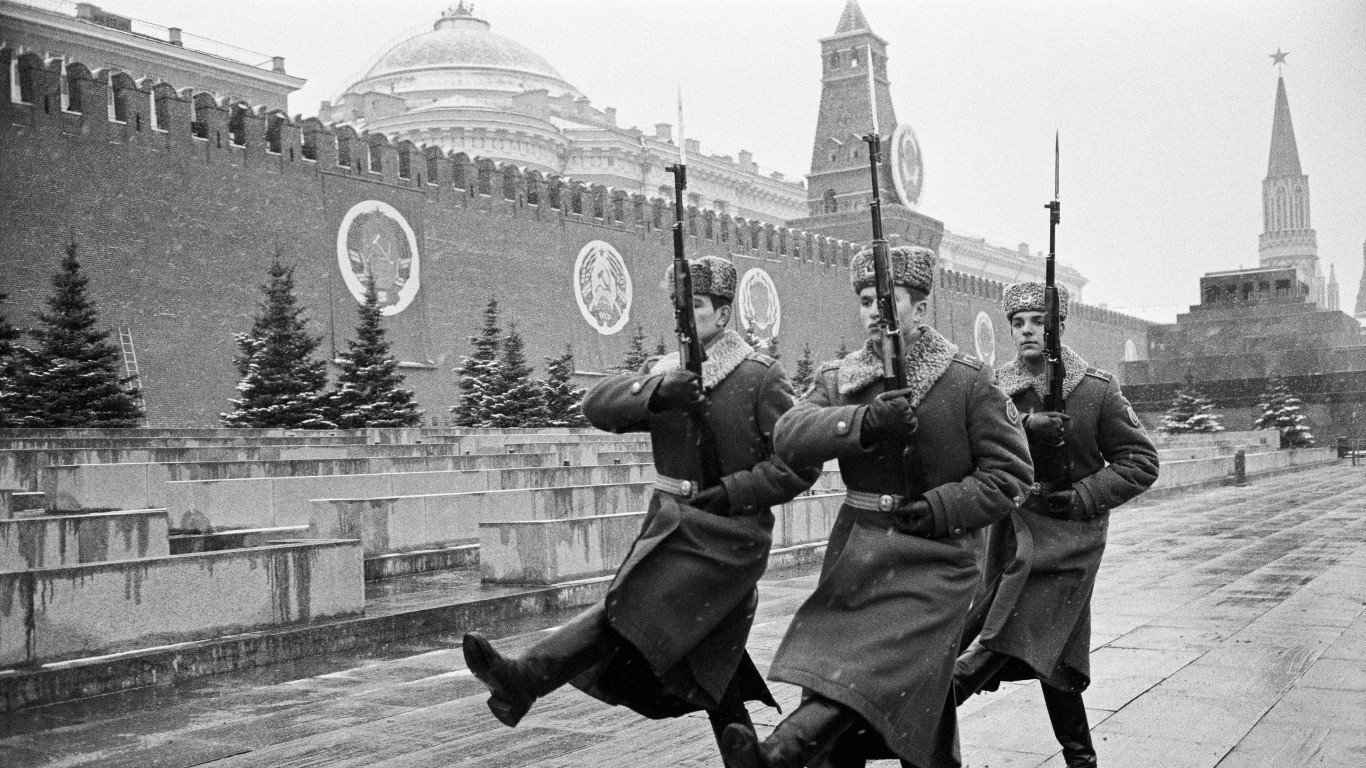
Chrysler TV-8
> Year introduced: 1954
> Type: Medium amphibious combat tank concept
> Crew size: 4
> Number produced: 0
[in-text-ad-2]
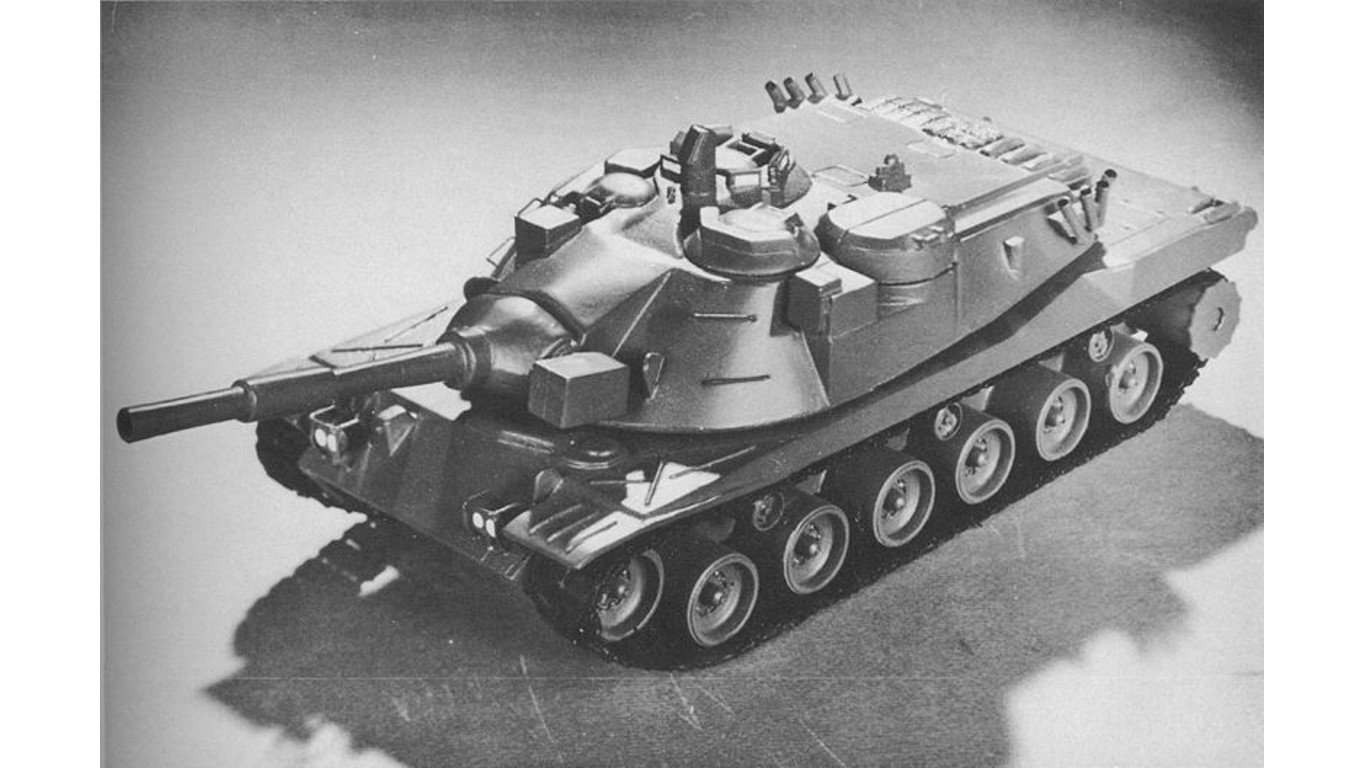
MBT-70 (KPz-70)
> Year introduced: 1965
> Type: Main battle tank
> Crew size: 3
> Number produced: 14
AAI Rapid Deployment Force / Light Tank (RDF / LT)
> Year introduced: 1980
> Type: Light tank prototype / pilot vehicle
> Crew size: 2
> Number produced: 4
Essential Tips for Investing: Sponsored
A financial advisor can help you understand the advantages and disadvantages of investment properties. Finding a qualified financial advisor doesn’t have to be hard. SmartAsset’s free tool matches you with up to three financial advisors who serve your area, and you can interview your advisor matches at no cost to decide which one is right for you. If you’re ready to find an advisor who can help you achieve your financial goals, get started now.
Investing in real estate can diversify your portfolio. But expanding your horizons may add additional costs. If you’re an investor looking to minimize expenses, consider checking out online brokerages. They often offer low investment fees, helping you maximize your profit.
Thank you for reading! Have some feedback for us?
Contact the 24/7 Wall St. editorial team.
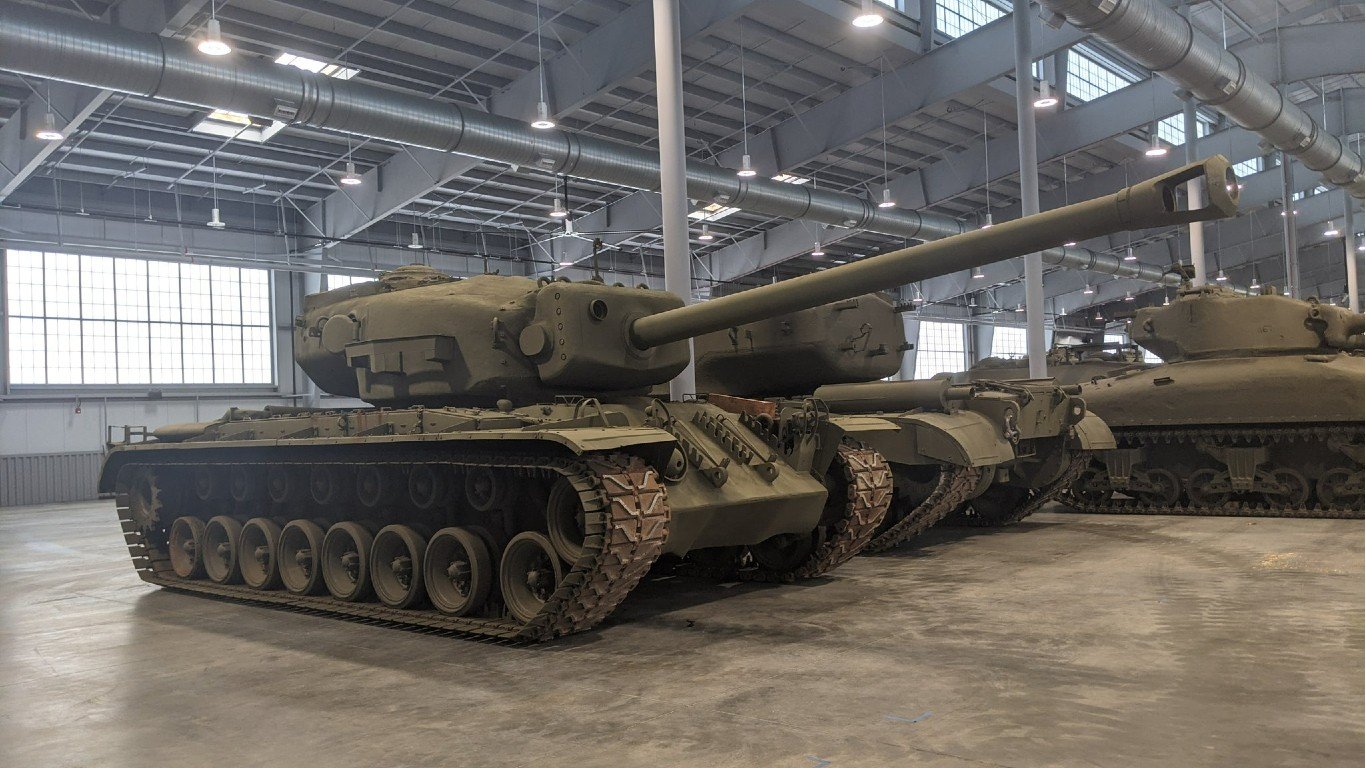
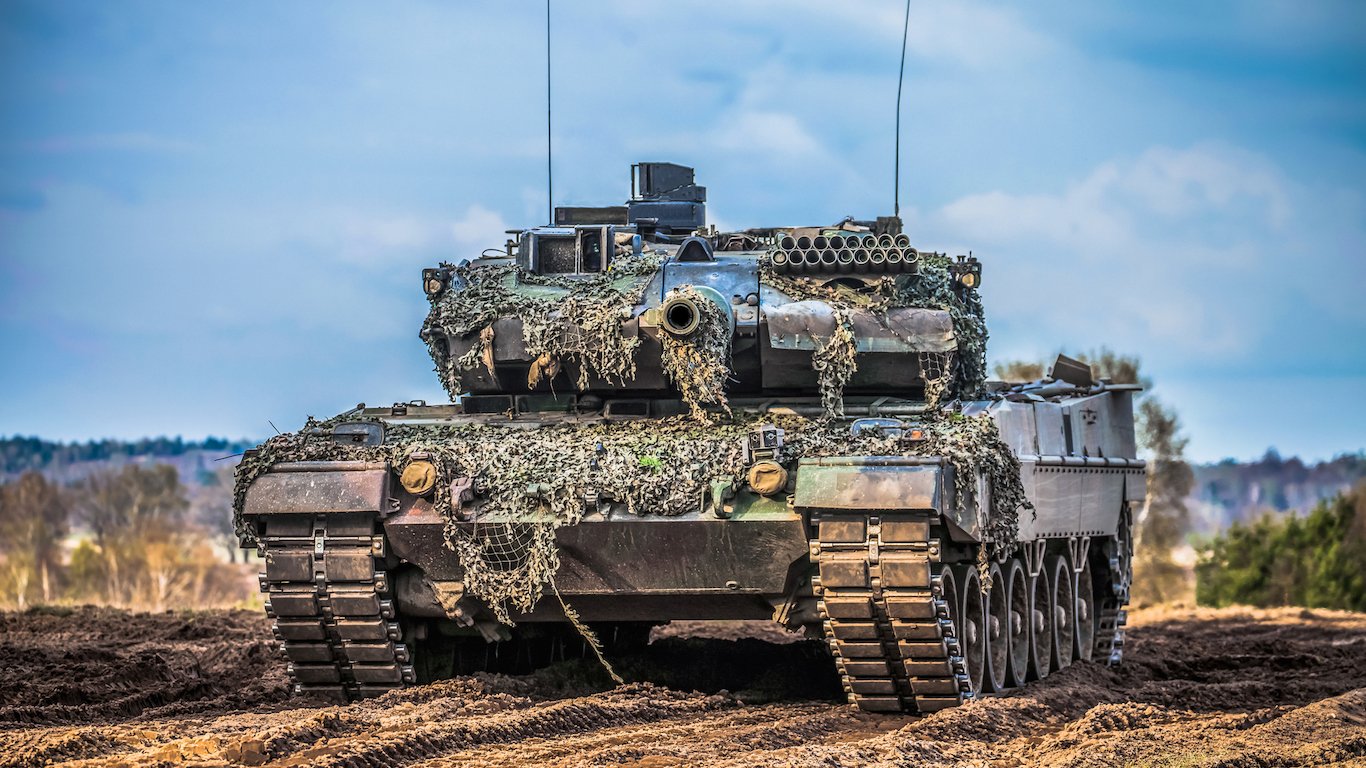 24/7 Wall St.
24/7 Wall St.